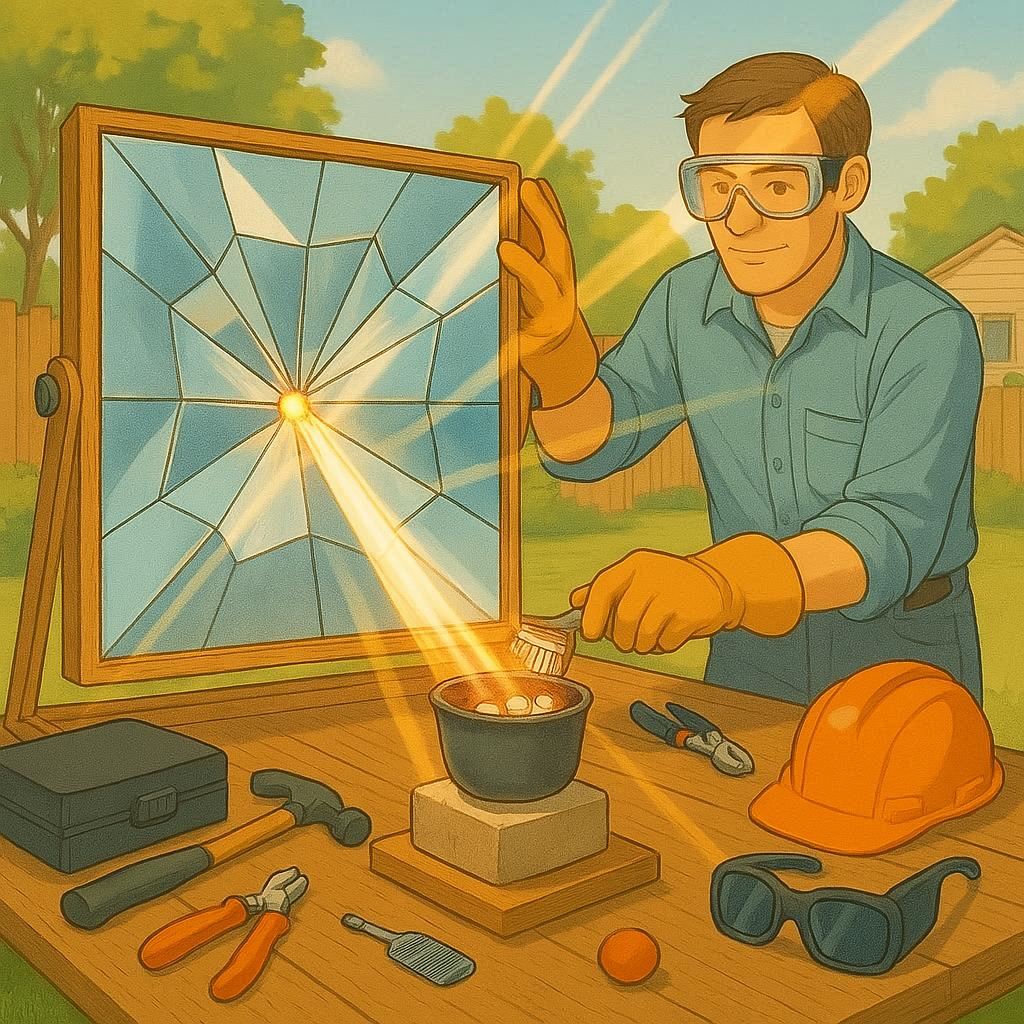Light Bending in Water: Discovering Refraction with a Straw
Have you ever wondered why a straw in a glass of water looks bent? This fascinating phenomenon is a perfect example of light refraction, a fundamental concept in physics. In this blog post, we’ll delve into the science behind this illusion and guide you through a simple experiment to explore it further.
What is Light Refraction?
Refraction occurs when light travels from one medium to another, changing its speed and direction. This happens because light slows down when entering a denser medium, causing it to bend. The straw appears bent due to this bending of light as it moves from air into water.
Materials Needed for the Experiment
- A clear glass or jar
- Water
- A straw
- A table or flat surface
- Optional: Food coloring
Step-by-Step Explanation of the Experiment
- Fill the Glass with Water: Pour water into the glass until it’s about ¾ full.
- Add Coloring (Optional): For better visibility, a few drops of food coloring can be added.
- Prepare the Straw: Straighten the straw and ensure it’s dry.
- Observe at an Angle: Look at the straw from the side, noticing its straight appearance.
- Insert the Straw Slowly: Place the straw into the water while observing from the same angle. The straw will seem to bend at the water’s surface.
- Explore Further: Try moving the straw or changing the observation angle to see different effects.
The Science Behind the Bent Straw
When light from the straw hits the water’s surface, part of it is reflected, and part enters the water. The water acts as a denser medium, slowing the light down and causing it to bend inward. Our eyes perceive this bending as the straw being broken, creating an optical illusion.
Fun Facts and Additional Experiments
- Historical Insight: The study of refraction dates back to ancient civilizations, with early philosophers like Aristotle noting the bending of light.
- Applications in Technology: Refraction is crucial in devices like microscopes, cameras, and fiber optics.
- Try with Different Liquids: Experiment with oils or syrups to observe varying refraction effects due to their different densities.
Conclusion
The bending of a straw in water is more than just a trick; it’s a demonstration of refraction’s principles. By conducting this simple experiment, you can gain insight into the behavior of light and its interaction with various materials. Encourage curiosity and explore more experiments to uncover the wonders of light and optics.
Remember, science is all around us, waiting to be discovered in the simplest of things. So next time you grab a glass of water, take a moment to appreciate the bending straw and the laws of physics at play.


